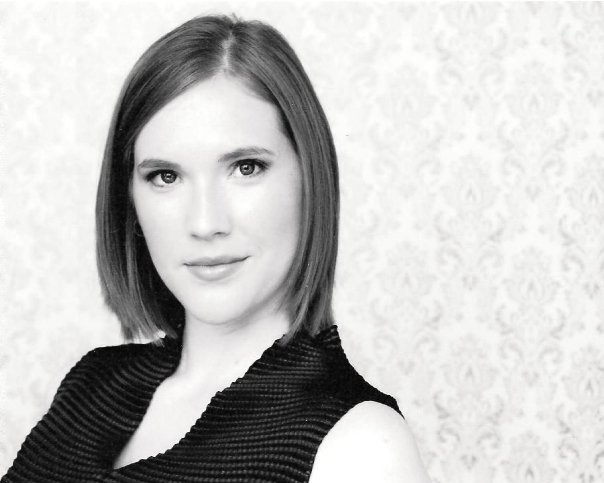practiced inclusion
Photographed by Steph Beeley
diversity & inclusion
Many companies are including diversity and inclusion initiatives in order to better engage their employees and to develop an effective working culture. But culture is subjective and who decides what culture is desirable? Largely it is the higher-up executives, who are statistically likely to be representative of the dominant local demographic, not those who have been historically excluded. When trying to become more equitable and inclusive as an organization, it is hard to determine what that looks like or how to achieve it if the people deciding on it have not routinely been excluded from opportunities due to who they are or how they identify or present themselves. Loran Steplock not only champions intersectional feminism, but continues to confront her own unconscious biases and learn new ways of building training and safe spheres that benefit people who are neurodiverse, have different levels of physical abilities, and is representative and respectful of all ethnicities, orientations, genders, and backgrounds. Valuing companies that do more than just talk about inclusion and instead take action to affect change, Loran has a million ideas ready to put to work in any community of any size to broaden understanding of “the other:” to breakdown barriers between people and biases within minds.


